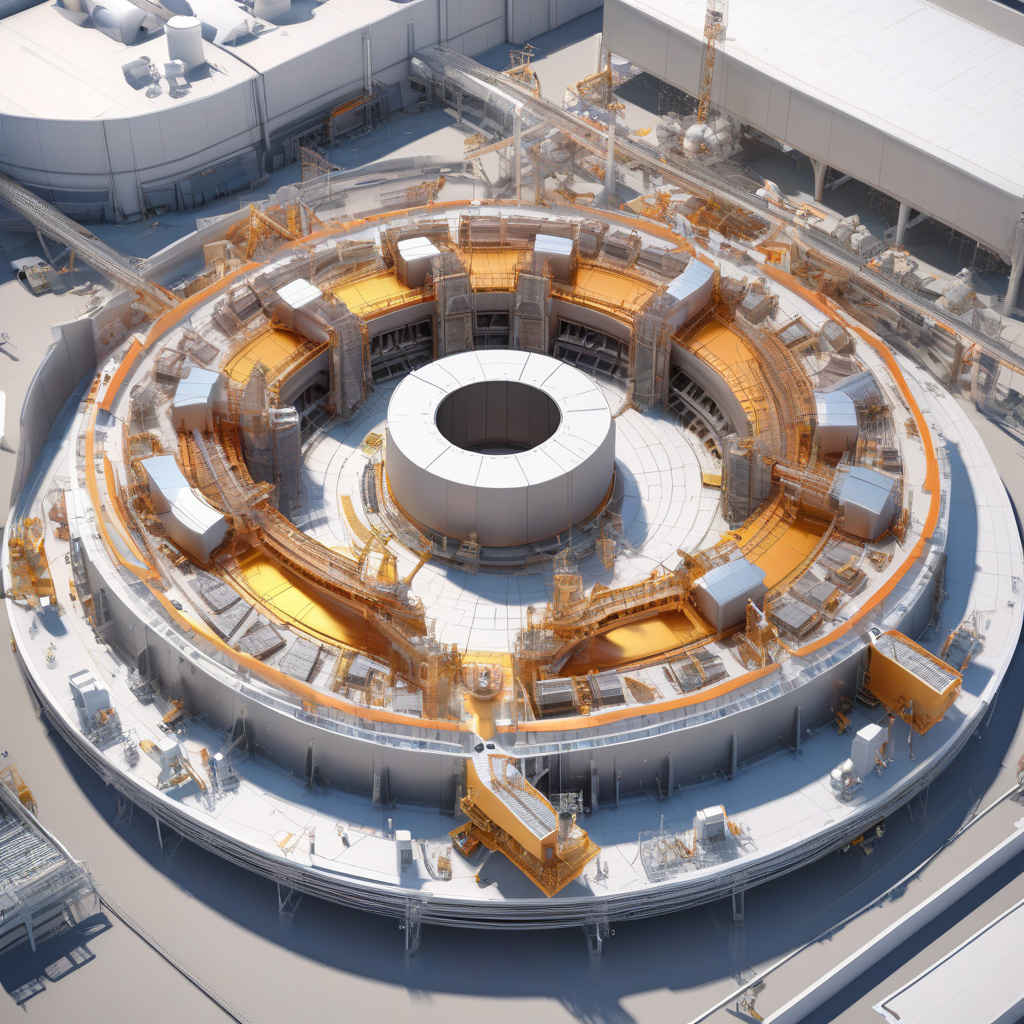Six 270,000-lb Modules Developed in the US to Power Fusion Reactions at ITER
A San Diego-based firm has successfully completed the development of the Central Solenoid Modules that will play a crucial role in powering fusion reactions at the International Thermonuclear Experimental Reactor (ITER). These six massive modules, each weighing a staggering 270,000 pounds, represent a significant step forward in the field of nuclear fusion and mark a milestone achievement for the United States in the pursuit of clean and sustainable energy solutions.
The Central Solenoid Modules are a key component of the ITER project, which aims to demonstrate the feasibility of nuclear fusion as a large-scale and carbon-free source of energy. The modules will be responsible for initiating and controlling the plasma current within the ITER tokamak, a magnetic confinement device designed to harness the energy produced by fusion reactions. By generating a powerful magnetic field, the Central Solenoid Modules will help confine and stabilize the superheated plasma at the heart of the reactor, allowing for sustained fusion reactions to take place.
The successful development of these modules represents a significant engineering feat, requiring precision design and manufacturing to meet the stringent requirements of the ITER project. Each module is constructed from high-strength structural materials capable of withstanding extreme temperatures and magnetic forces, ensuring reliable and long-lasting performance in the demanding environment of a fusion reactor.
Furthermore, the completion of the Central Solenoid Modules underscores the United States’ commitment to advancing nuclear fusion research and technology. By investing in projects like ITER and supporting the development of key components such as the Central Solenoid Modules, the US is positioning itself as a leader in the global effort to unlock the potential of fusion energy.
In addition to their technical significance, the Central Solenoid Modules also highlight the potential for collaboration and partnership in the field of nuclear fusion. The development of these modules involved contributions from a diverse team of engineers, scientists, and technicians, showcasing the power of interdisciplinary cooperation in tackling complex challenges like fusion energy.
Looking ahead, the successful completion of the Central Solenoid Modules sets the stage for the next phase of the ITER project, as the focus shifts towards the assembly and commissioning of the reactor. With construction well underway and key components like the Central Solenoid Modules ready for integration, ITER is on track to achieve its goal of demonstrating sustained fusion reactions on a commercial scale.
In conclusion, the development of the Central Solenoid Modules in the US represents a significant achievement in the field of nuclear fusion and a testament to the ingenuity and expertise of the teams involved. As ITER moves closer to realizing its vision of clean, limitless fusion energy, the contributions of projects like these modules will continue to drive progress towards a more sustainable future for generations to come.
fusion, nuclear, energy, ITER, technology












